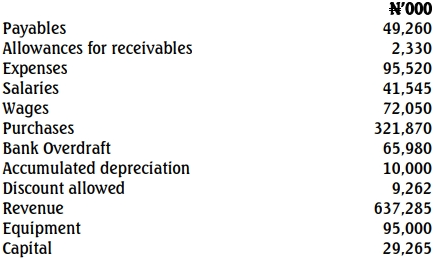- 20 Marks
FR – Mar 2025 – L2 – Q5 – Conceptual Framework
Explain the elements of financial statements and their recognition criteria per the IASB Conceptual Framework.
Question
a) Explain the elements of financial statements and indicate how an item can be recognised as an element.
b) The principle of recording the substance of transactions rather than their legal form lies at the heart of the IASB’s Conceptual Framework for Financial Reporting as well as numerous International Financial Reporting Standards.
Required:
i) Explain why it is important to record the substance rather than the legal form of transaction. (2 marks) ii) Describe TWO features that may indicate that the substance of a transaction is different from its legal form.
c) Sustainable development as defined by the UN World Commission on Environment and Development, is development that meets the needs of the present without compromising the ability of future generations to meet their own needs.
Required:
i) Explain the term sustainability in a business setting. (2 marks) ii) Explain the THREE core areas of sustainability.
d) Ahiati LTD (Ahiati) is one of the leading manufacturers of pharmaceuticals in West Africa. Ahiati has a customer in Mexico called Taco. Ahiati made a credit sale to Taco on 1 October 2024 for Mex $100,000. Ahiati received part payment on 30 November 2024 of Mex $60,000. The following exchange rates applied during the financial year:
| 1 October 2024 | GH¢1 = Mex $1.25 | | 30 November 2024 | GH¢1 = Mex $1.20 | | 31 December 2024 | GH¢1 = Mex $1.10 |
Required:
i) Prepare journal entries to show how the above transactions should be recorded in the books of Ahiati for the year ended 31 December 2024. (4 marks) ii) Show the financial reporting treatment of the foreign exchange gain or loss at the 31 December 2024 for Ahiati.
Find Related Questions by Tags, levels, etc.
- Tags: Financial Reporting, Foreign Exchange, IAS 21, Journal Entries, Trade receivables
- Level: Level 2
- Topic: Financial Reporting Standards and Their Applications
- Series: MAR 2025



